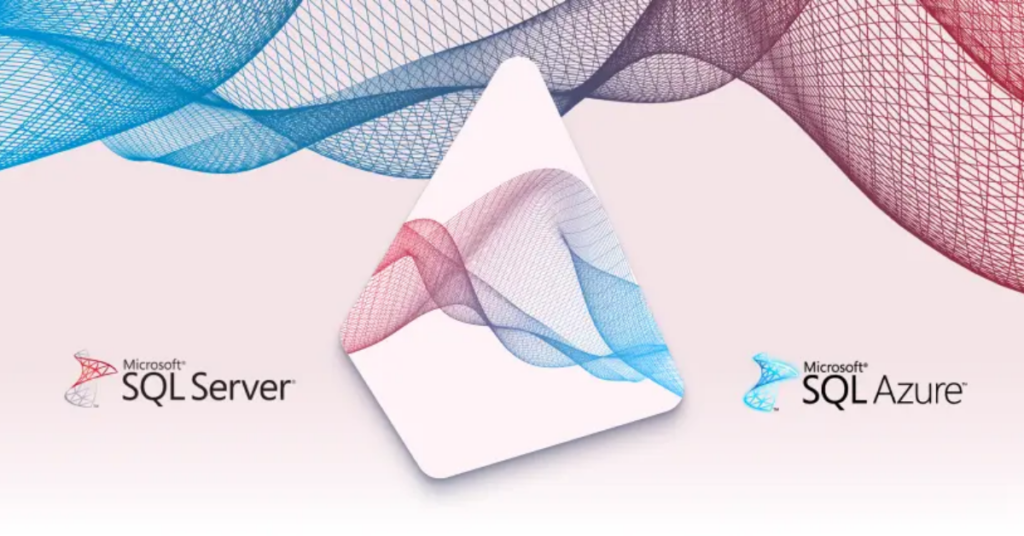In the fast-paced world of cloud infrastructure management, two dominant players have emerged: Crossplane and Terraform. With the rise of cloud-native architectures, selecting the right tools can have a profound impact on how efficiently and effectively a business operates and scales. Let’s explore the significant contrasts and possible harmonies between these formidable platforms.
Terraform, the established leader, has always been the preferred solution for defining and managing infrastructure as code across various cloud providers. Its powerful features and wide range of compatible tools have made it a popular choice for many organizations’ DevOps needs. However, the landscape is evolving, and Crossplane is ready to take the lead with an enticing value proposition.
Crossplane’s Kubernetes Integration: A Game-Changer
Crossplane, an open-source Kubernetes add-on, is gaining attention for its ability to enable the creation and control of cloud resources using Kubernetes-native constructs. This alignment with Kubernetes – the widely accepted standard for container orchestration – is a significant development. It’s not only about overseeing infrastructure; it’s about smoothly incorporating infrastructure management into the wider Kubernetes ecosystem that numerous development and operations teams are already familiar with and fond of.
One of the notable aspects of Crossplane is its continuous control plane. Unlike Terraform’s one-shot provisioning model, Crossplane guarantees the persistence of resources in a desired state over time. This ability to recover on its own is essential in the ever-changing cloud environments of today, where any interruption is not tolerated. It’s similar to having a dedicated protector for your infrastructure, always keeping a close eye on it and making necessary adjustments to ensure top-notch performance and adherence to regulations.
Gaining Insights into Scalability and Operational Efficiency
For top-level executives and key decision-makers, the implications carry great weight. Implementing Crossplane can offer a strong foundation for overseeing cloud-native environments, potentially improving scalability and operational efficiency. This signifies a move towards a more agile and adaptive approach to managing infrastructure, which is a crucial element of contemporary DevOps strategies.
Nevertheless, it’s not a situation where one side must lose for the other to win. Although Crossplane is gaining traction, Terraform continues to maintain its position with a mature ecosystem and widespread industry adoption. The true potential lies in recognizing how these tools can work together harmoniously in a comprehensive infrastructure strategy.
Hybrid Approach: Harnessing the Advantages of Both Tools
Take this into account: Terraform is highly proficient in the initial setup and control of resources across various cloud providers, while Crossplane stands out in the continuous management of resources within the Kubernetes ecosystem. An integrated strategy, combining the best features of both tools, could offer a complete solution for companies with varied infrastructure requirements.
With the increasing familiarity and ease of use of Crossplane, it is likely that more organizations, particularly those already using Kubernetes, will embrace its adoption. The experience that development teams have with Kubernetes will probably speed up this adoption, as Crossplane builds on the solid foundations established by Kubernetes.
Bridging the Gap: Comparative Benefits of Crossplane and Terraform
It’s worth mentioning that Terraform, now under IBM’s umbrella, used to have certain advantages over Kubernetes in specific areas. However, Crossplane is quickly narrowing this gap. It’s introducing a range of similar advantages to the Kubernetes ecosystem, effectively creating a fairer competition and offering more choices for businesses to customize their infrastructure management approach.
Ultimately, the rise of Crossplane signifies a transformative shift in infrastructure management, rather than spelling the demise of Terraform. Progressive organizations should be assessing both tools, recognizing their advantages, and contemplating how they can be incorporated into a unified strategy.
Building Resilient Infrastructure Management for the Future
As we navigate this ever-changing landscape, it is crucial to stay flexible and receptive to fresh perspectives. Regardless of the approach you take – be it Crossplane, Terraform, or a hybrid solution – the objective remains consistent: building a strong, adaptable, and streamlined infrastructure that can meet the ever-evolving needs of today’s businesses. The future of infrastructure management has arrived, bringing with it unparalleled dynamism and power.




